This is my first question on Stack Exchange.
I am in the process of simulating a wireless charger coil setup on LTSpice. I have tried a Royer/Baxandall oscillator to provide the necessary sinusoidal waveform. I would like to try it with an H-Bridge inverter (learned from here: https://www.youtube.com/watch?v=Z1dYlZASnS0). I am providing the timing waveforms for the gate using pulses generated by the inbuilt pulse generator. However, since I have to realize this circuit on a breadboard, using signal generators and setting delays is not feasible.
I am looking to simulate a circuit in LTSpice (and can subsequently be created on a breadboard) that can generate a square wave of 50% duty cycle and vary between 10k-100k (as in, the circuit should be able to reliably generate waveforms of that frequency range). These are basically to replace the pule generators I am currently using. Also, along with this, I need to delay the pulses for C2 and C3.
My line of thinking - I create a schmitt trigger to generate the original waveform for C1. Then, I can use a digital logic inverter to provide the waveform for C4 (which is just C1'). But, this will introduce a delay in the C4 timing signal which might be problematic during runtime. However, I cannot think of any way to actually delay the waveforms as required for C2 and C3.
Any and all help is greatly appreciated. If you would like the .asc file for simulation, please let me know how I can attach them.
